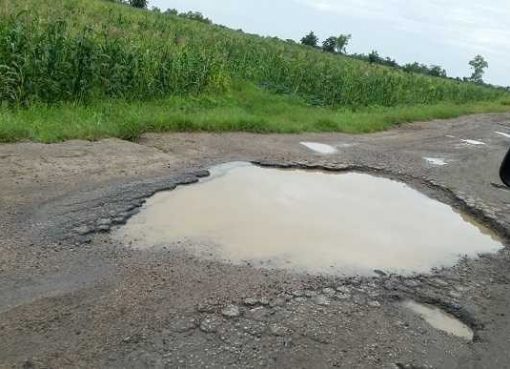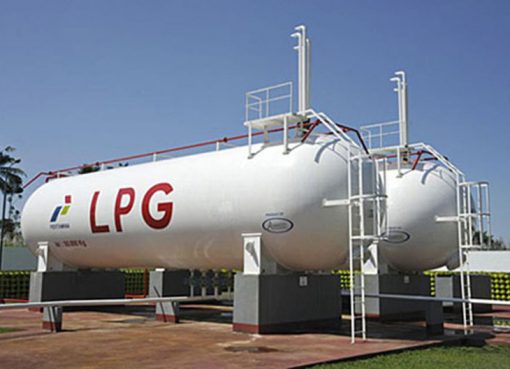Carbon emissions from boreal forest fires more than doubled in 2021, pointing towards a worrying new trend that could exacerbate climate change, scientists have said.
While they typically account for 10 per cent of global fire carbon dioxide emissions, they contributed 23 per cent in 2021, a new study reports.
“Boreal forests could be a time bomb of carbon and the recent increases in wildfire emissions we see make me worry the clock is ticking,” said study author Steven Davis.
Extreme wildfires – which impact the climate through the carbon dioxide they emit – have become more common.
According to the researchers, wildfires in tropical forests have received notable attention for their emissions, while fires in boreal forests have attracted much less focus.
This is despite the fact boreal forests are the world’s largest land biome, and fires in these regions release 10 to 20 times more carbon per unit of area burned than other ecosystems.
Monitoring fire emissions in these high-carbon density ecosystems could be critical to get a full understanding of Earth’s temperature and the future risks to climate mitigation efforts.
Satellite-based approaches to monitoring carbon dioxide emissions from fires can miss emissions from little fires, while bottom-up modelling approaches can miss burning soil fires.
Carbon dioxide is also hard to pinpoint to fires specifically as it can stay in the atmosphere for hundreds of years, meaning background carbon dioxide concentrations are quite high compared to the carbon dioxide emissions released from small fires.
To better monitor fire emissions, a new approach to track fire carbon dioxide emissions indirectly was utilised which involved monitoring carbon monoxide, which has a much shorter lifetime in the atmosphere compared to carbon dioxide.
The authors of the study used satellite data from MOPITT (Measurements Of Pollution In The Troposphere instrument), the satellite instrument with the longest continuous time series of carbon dioxide measurements to date, to estimate global weekly fire carbon monoxide and carbon dioxide emissions in boreal regions.
This revealed a two-decade trend of expanding summer fires in boreal forests since 2000 and record-high emissions from boreal forest fires in 2021, coinciding with severe heatwave, drought, and high water deficit in boreal regions that year.
“Our data analysis implies a link between the extensive boreal fires and climate drivers (especially temperature increase or heatwaves),” the researchers wrote.
The study suggests that boreal ecosystems could become the dominant source of intensive fires and fire carbon emissions in the future.
The researchers also believe that the approach they developed to estimate fire emissions will be useful in developing a more integrated system capable of monitoring and evaluating global and regional fire carbon budgets, postfire land-use fluxes, and the net impact of fire emissions on atmospheric carbon dioxide.
Source: E&T










